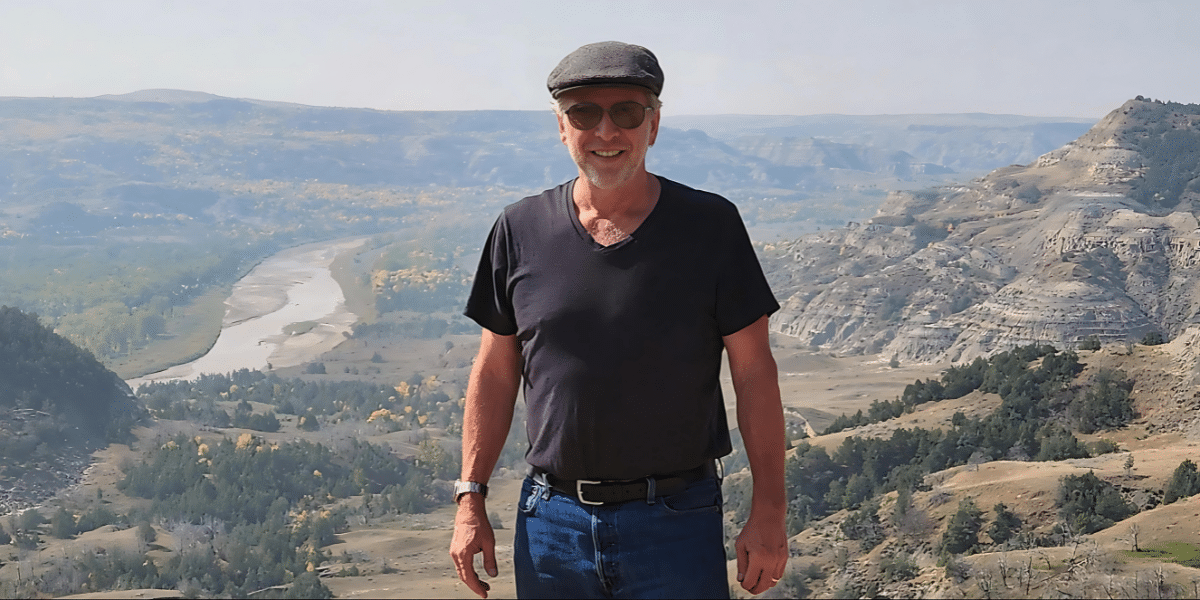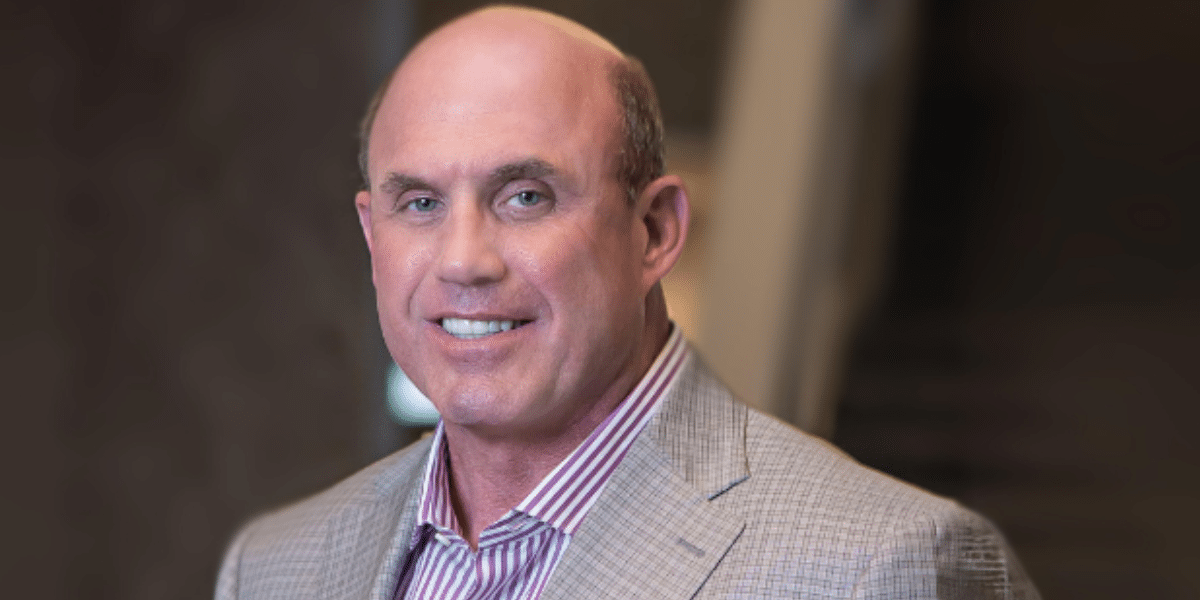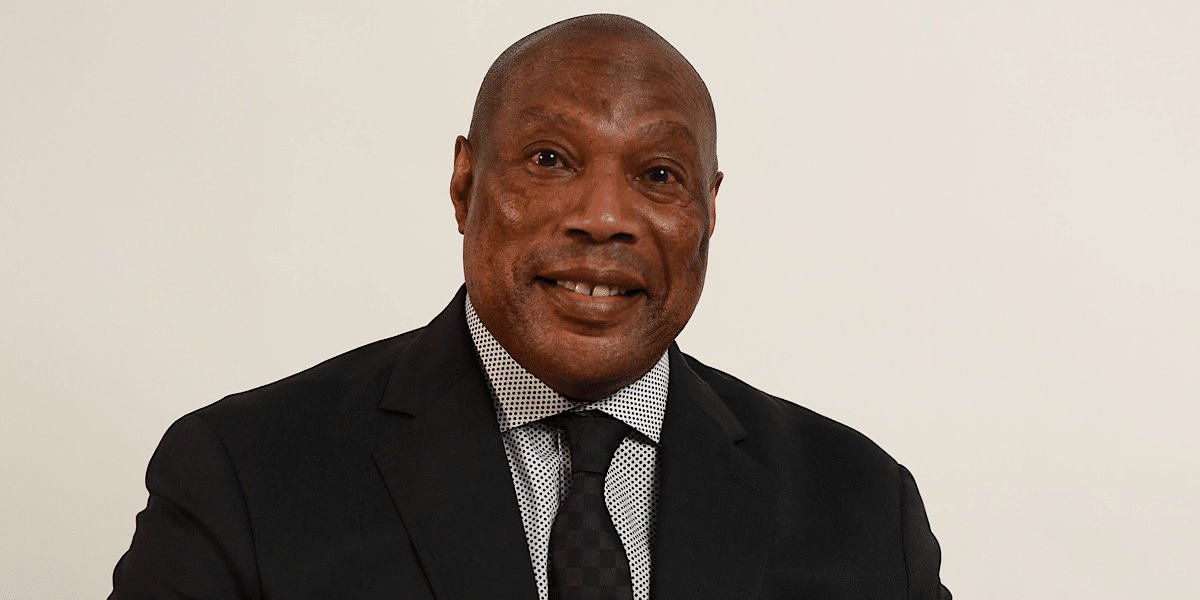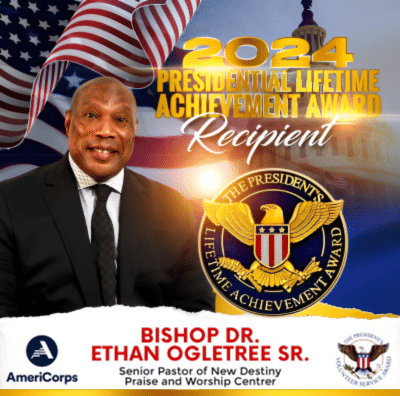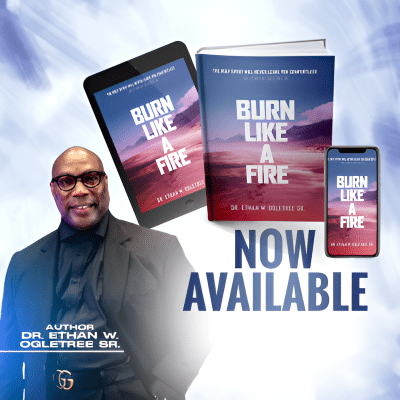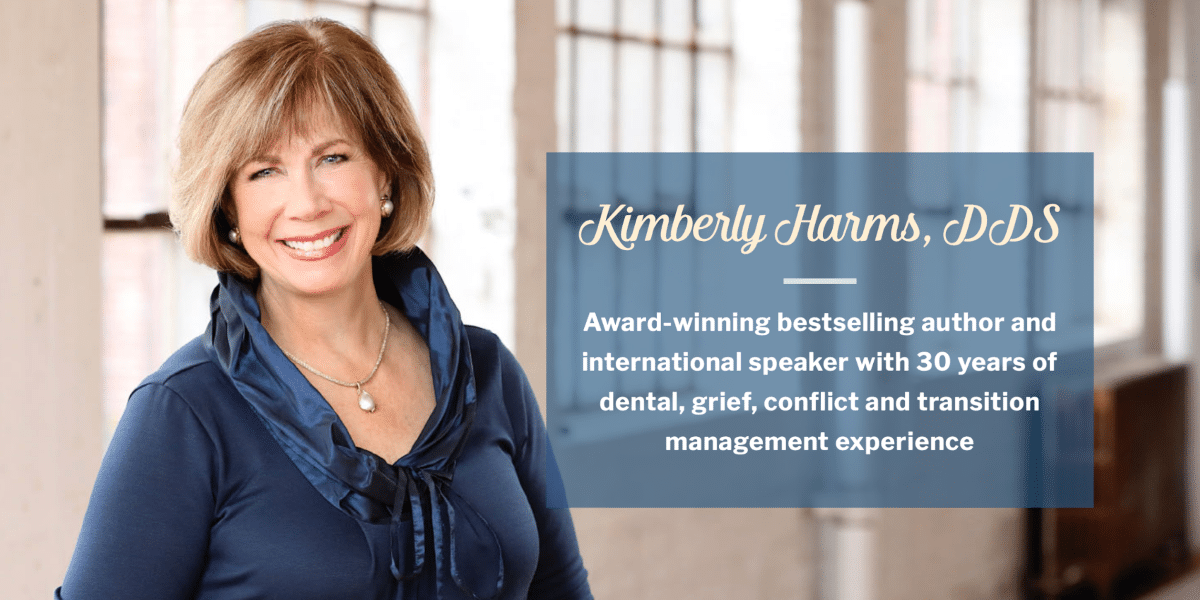An Insight into the World of Award-Winning Author Robert DeMayo: A Conversation with Michael Beas
By Michael Beas
Take a fascinating tour through the life of well-known writer Robert DeMayo, whose works have won several national awards. Even with all of the recognition, DeMayo is most fulfilled by the unanticipated relationships he makes with travelers who read his books, such as “The Wayward Traveler,” and who turn his tales into traveling companions of their own. DeMayo’s work strikes a chord with readers by delving deeply into remarkable personalities and disappearing landscapes, providing a window into worlds both past and present. DeMayo’s life experiences give his stories depth and complexity, from his remarkable trips in southern Africa, where Victoria Falls shimmers beneath the argent light of the full moon, to his peaceful home in Sedona, Arizona, where the mysticism of the Southwest inspires his creativity. DeMayo gives knowledge to budding writers who are passionate about seeing the globe. She emphasizes the timeless power of storytelling to transcend time and leave an everlasting impact on the world. Every experience has the potential to become a fascinating narrative.
How did it feel to have your novels recognized with ten national awards?
It’s great to win any award, especially one that substantiates hard work, but the most meaningful recognition for me comes from unexpected encounters with travelers who have stumbled upon my books. The Wayward Traveler is 700 pages, and people sometimes blanch when I give it to them as they set off on a trip, but it’s a travel book—it’s already road weary—and I tell them to just leave it behind when they’re done, or tired of carrying it. Set it on a seat at a bus station or a restaurant. I always leave a note and my address in the back of these books, and inevitably, some traveler sends me an email stating his part in the story, maybe even what he or she thought of the novel before sending it adrift again.
What is one of the keys to your writing successes?
I pick stories that captivate me. My three historical fiction novels are about people that I found extraordinary, and in each case, I couldn’t walk away until I’d thoroughly explored what made them unique and then shared that. I believe it’s this deep dive that resonates with readers of my travel stories. They are also a glimpse into a world that’s rapidly disappearing. However, the accomplishment I hold in the highest regard is the completion of eight—soon to be ten—novels. The extensive research, the writing, the relentless refining—all behind me now. The story is out there and ready to be shared. That’s success in my eyes.
Looking back at your life and all the adventures that you have experienced, what is one adventure that you will never forget, either good or bad?
I did several lengthy tours to southern Africa, spending as much time in the game parks as possible, but whenever I could make it to Victoria Falls for the full moon, I made it a priority. My friends and I would sneak into the park after it closed and follow the path to a peninsula of land that offered a breathtaking, unobstructed view of the falls. From this magical, windblown place, you could watch the water cascade over the edge and plunge into the chasm, but then, after falling 350 feet, a magnificent curtain of mist rose before us, shimmering in a surreal silver glow for another thousand feet. This otherworldly spectacle seemed like it came from a realm of fairies. It drew in many travelers, and I’ve had some great re-acquaintances in the argent light.
How does living in Sedona, Arizona, with your family influence your writing and creative process?
I saw most of the world before I hit the Southwest, but it stopped me dead in my tracks. There’s a great community of people in Sedona, and you can hike year-round. I’ve used it as a base to explore the Southwest, but after two decades, I’m still discovering new places. My fascination with the region deepened when I encountered the story of Everett Ruess, a young wanderer from the 1930s, in Jon Krakauer’s Into the Wild. Compelled to delve into Ruess’s life, I organized the 88 letters his parents had preserved, weaving them into a historical fiction narrative titled The Legend of Everett Ruess. In this process, I learned about so many new places that it seemed the West opened for me all over again.
What advice would you give to aspiring writers who are also passionate about exploring the world?
Every experience, even the most challenging, has the potential to become a compelling story. I’ve toiled under a scorching sun, swung a sledgehammer for ten dollars a day, been chased by a psycho with a meat cleaver, and been attacked by leeches while lost in the jungle. All three were experiences I suffered through; my only consolation was someday I knew they would make a good story. For me, the emphasis has always been on the art of storytelling rather than the pursuit of wealth. After all, material possessions are transient, but a well-crafted story has the power to endure and leave a lasting impact on the world for many years after you are gone.
Why is history important to Robert L. DeMayo, and what is one thing that your travels have taught you over the years as it pertains to history?
My appreciation for history—and more importantly, the wisdom of elders—didn’t truly blossom until I began to travel. In the early 1980s, I had the privilege of meeting individuals who had lived through monumental historical events, from World War I to the formation of Rhodesia. Their riveting accounts, rich with suffering and insights, made my own life seem mundane—and I was on the road! Learning to appreciate unique individual lives is what drew me to reclusive characters like Everett Ruess and Michael Fomenko. Both men were uncomfortable around people and sought solitude in the wilderness and I feel their lives still offer valuable lessons. While it may be impossible to replicate their experiences in today’s fast-paced world, their stories still hold a profound lesson about the value of solitude and our connection with nature.
Check out Robert Louis DeMayo’s work today!
Published by: Holy Minoza

